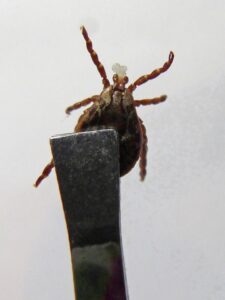Once you get a pet and they settle in at home, they become more like family members and less like animals. This is why it can be quite stressful when something happens to them. First aid for pets will help you deal with the stress of your injured pet and may also save their life.
So, what are some common emergencies?
Choking
A common emergency with pets is choking, especially when they chew on things they should avoid. You may not be able to tell what your pet is choking on. But you can tell they are choking by observing some of the following signs:
Your pet is probably choking if they are gagging, coughing, or having trouble breathing. Also, if you see them trying to paw their mouth or if their gums or tongue turn blue, they are likely choking.
First Aid
First, you should look at their mouth to see if they allow you to open it safely or have someone restrain them while you do. You can try a dislodging tactic if you cannot find the object or it is too far away to grab. Hold your pet upright or from the back if they are large, and wrap your hands around their torso.
Put one hand under the ribcage with your thumb against the abdomen. Put your other hand over your fist and thrust five times, inward and up, to force air out. Be careful about the force you use, especially if your pet is small.
Eating Toxic Foods
It is quite easy for your pet to eat something toxic. It could be out of curiosity or because they see you eat it and think it is good for them. Some human foods, like chocolate and raisins, are dangerous for your pet.
Some symptoms your pet may show after eating something toxic include:
- Lethargy
- Difficulty breathing
- Vomiting
- Loss of consciousness
- Seizures
Emergencies
It is best to contact an emergency hotline for pets or your vet first. You must give as much detail as possible about the scenarios, including what your pet has eaten and when they ate it. They will then guide you on what to do, like induce vomiting to eliminate the substances. Other times, they may ask you to bring the pet to the closest clinic because the substance is hard to remove at home.
Heatstroke
The heat can be overwhelming for your pet during the summer, especially if they do not have any way to cool off.
They are likely to develop heatstroke, which can become fatal. Some common symptoms of heatstroke include:
- Gasping for air
- Panting
- Trouble walking
- Collapsing
First Aid
First, it is best to get them to a cool place. Then, cool them off by slowly pouring room-temperature water on them. The water must not be too cold because it can cause their blood vessels to constrict quickly. When pouring water over them, ensure you cover the belly and the legs while keeping an eye on their temperature.
For more on pet first aid, visit Country Veterinary Clinic at our office in Live Oak, California. Call (530) 491-4500 to book an appointment today.



